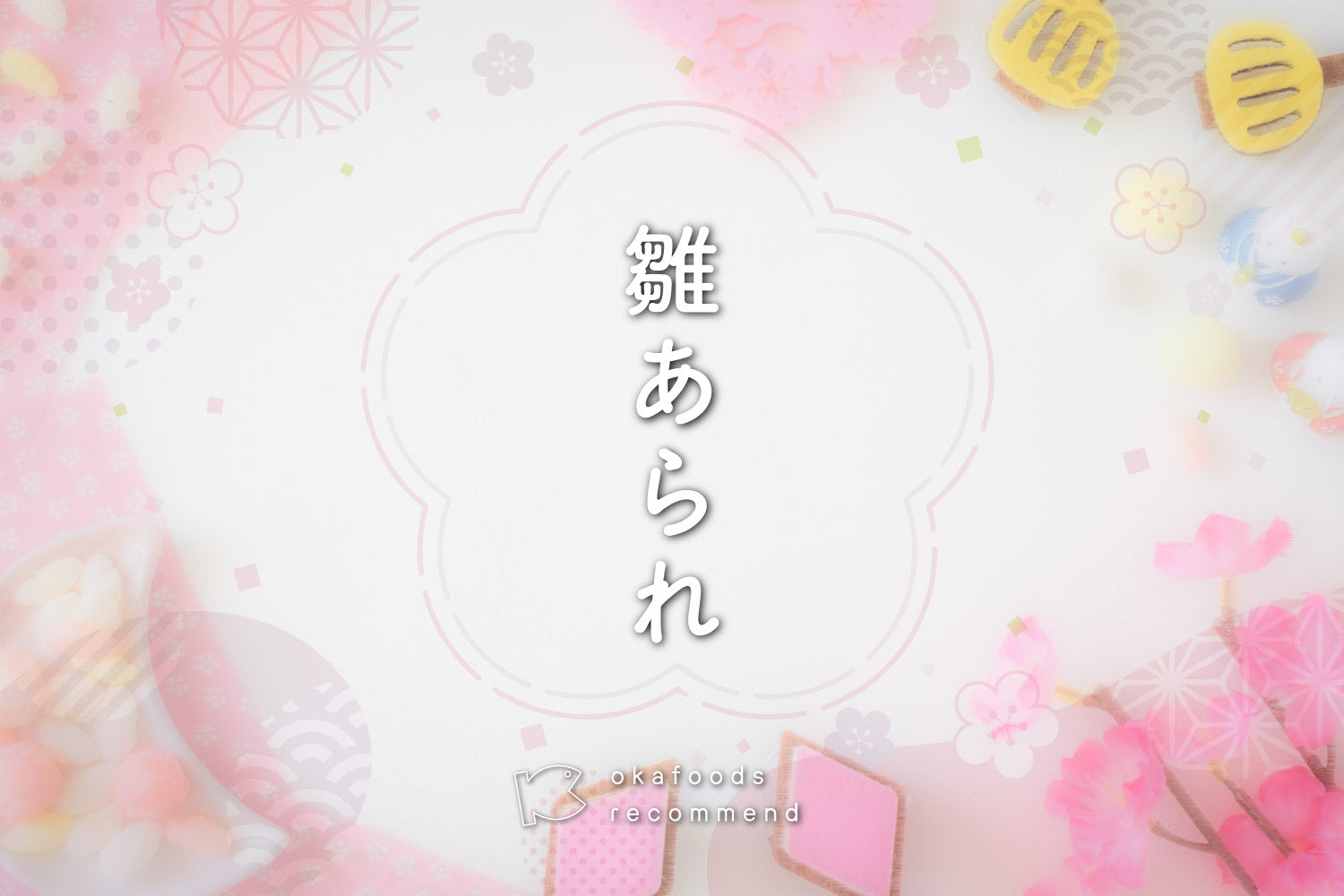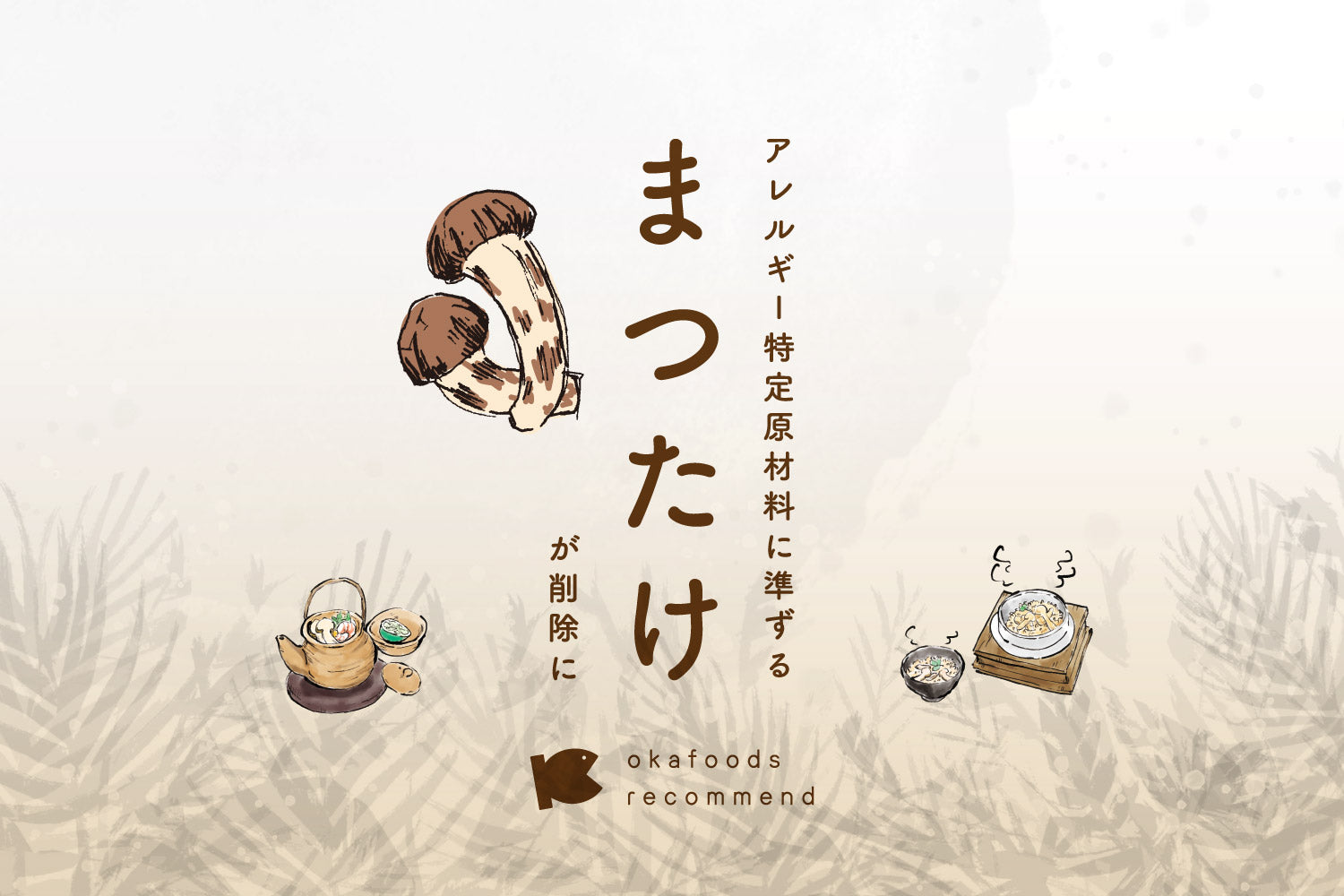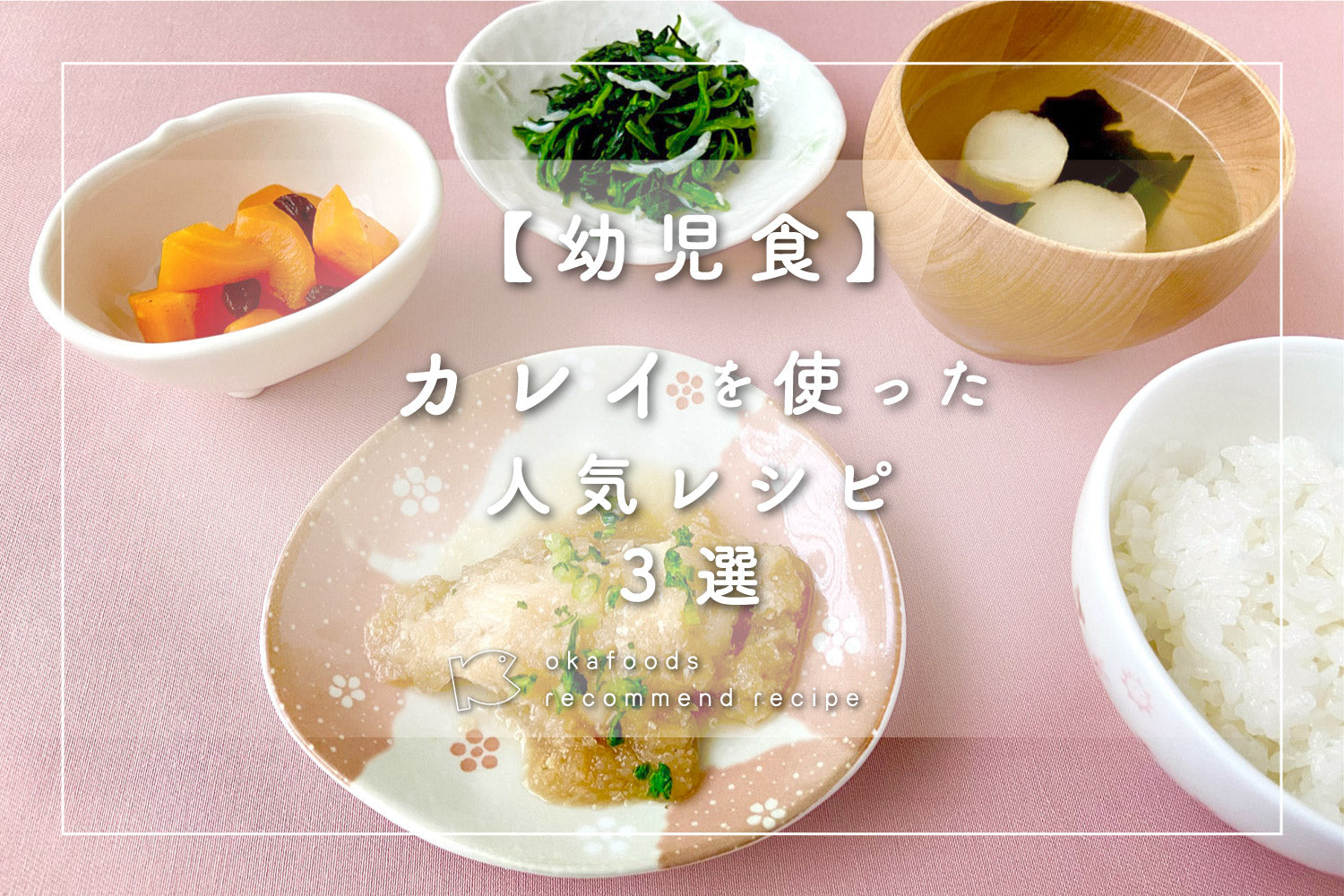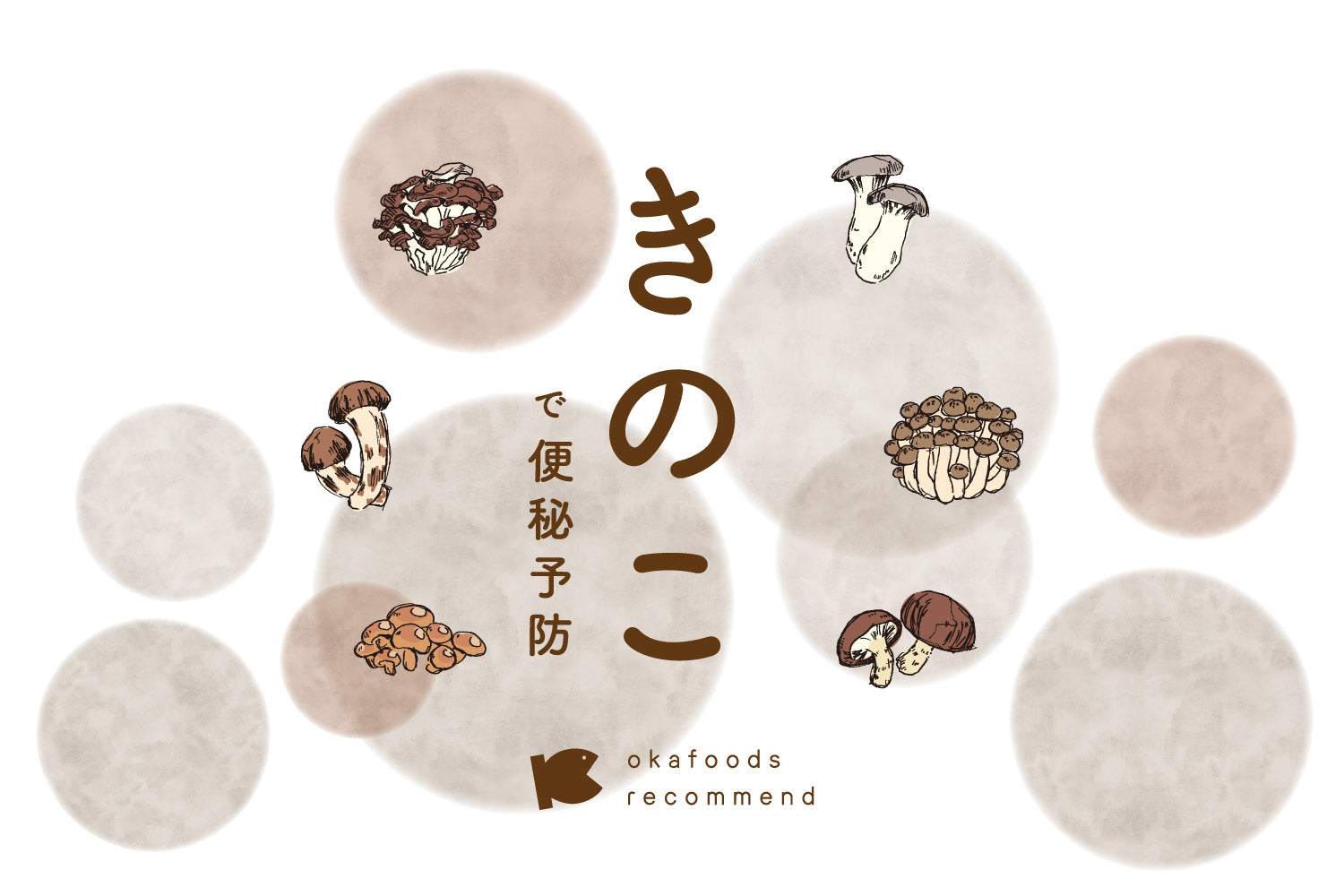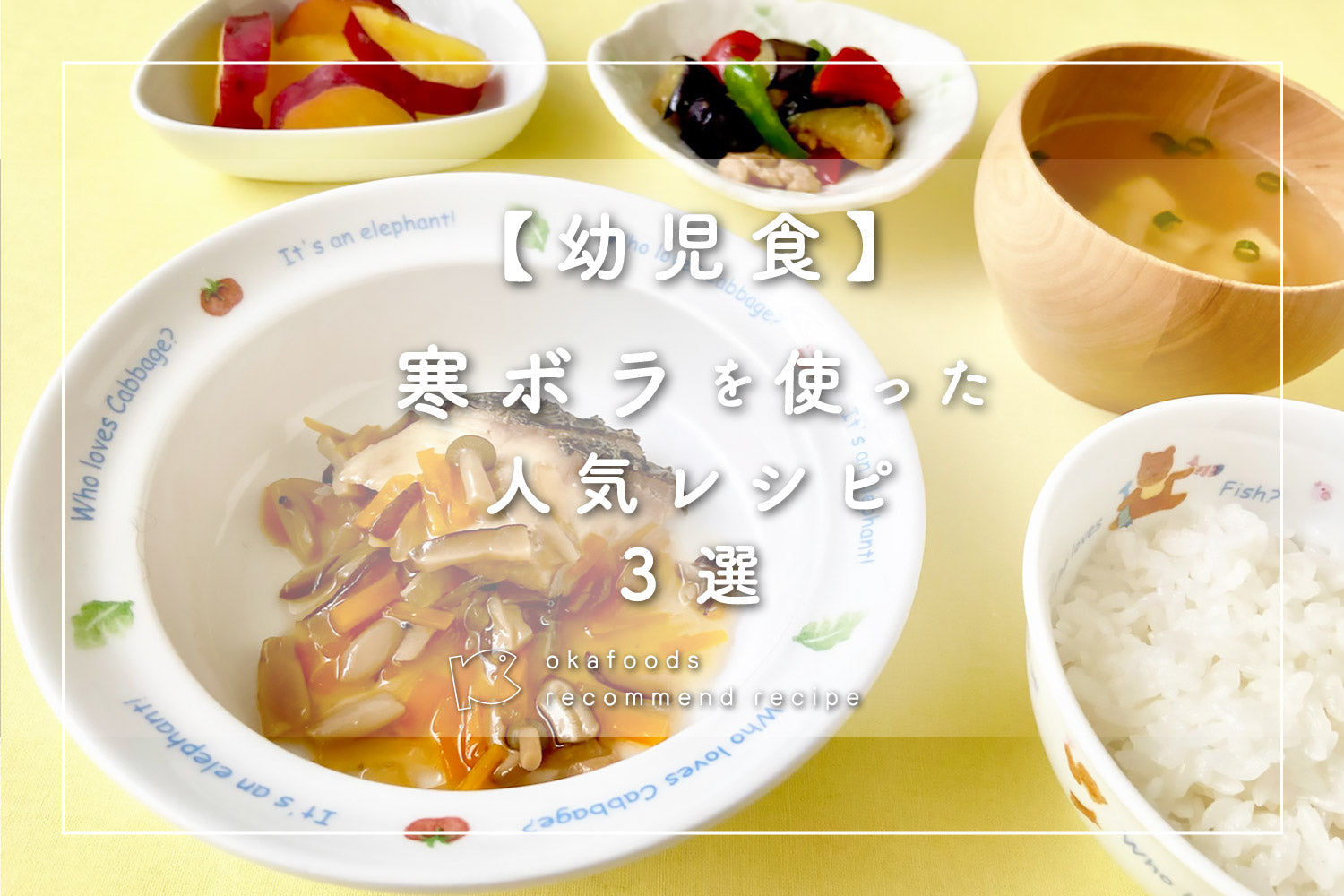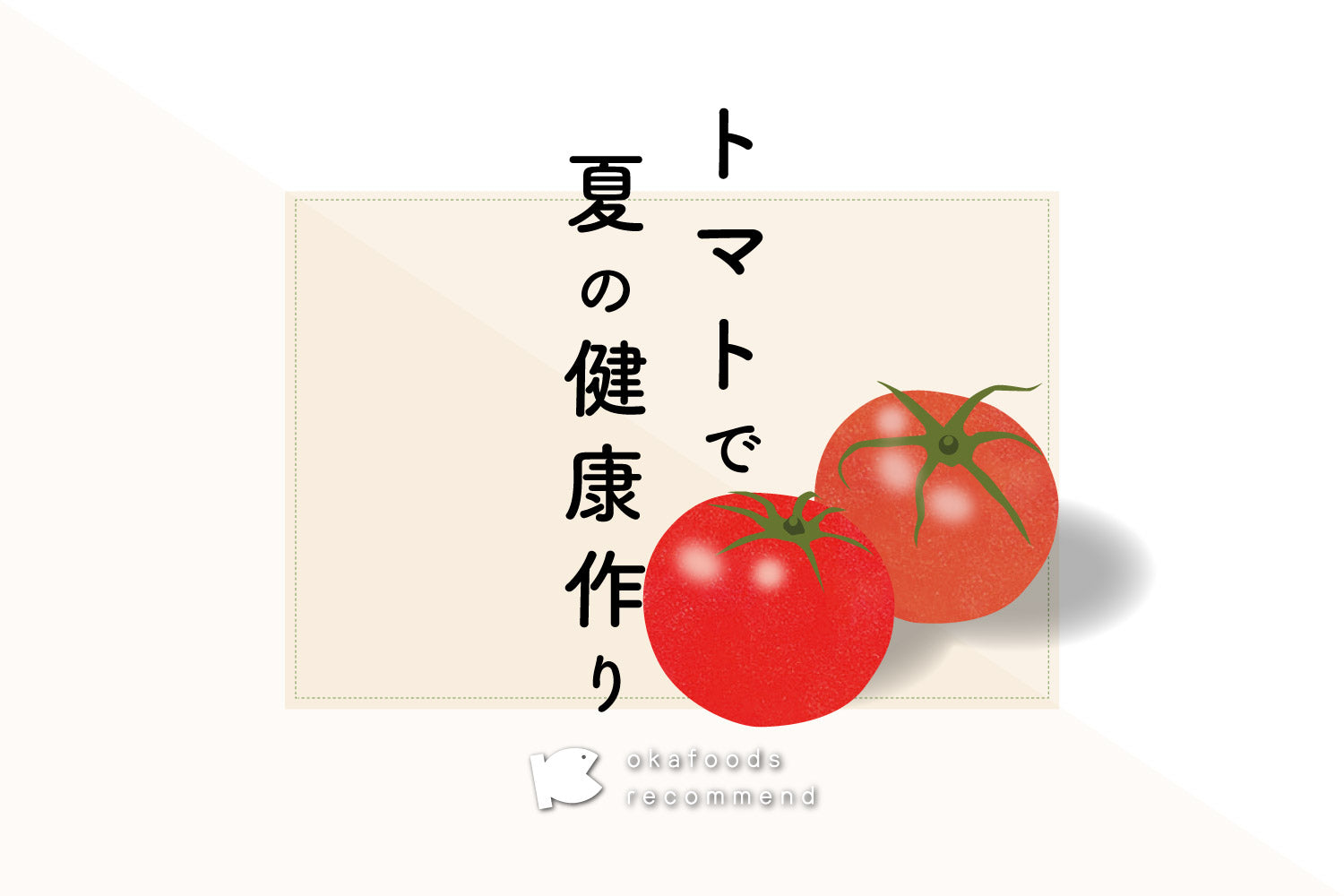As the Doll's Festival approaches, Hina Arare rice crackers appear on store shelves.
These colorful sweets will make you feel the arrival of spring.
Today's contents: "Hina Arare"
Contents
"The meaning of each beautiful color"
text
The beautiful red (pink), green, and white colors of Hina Arare each have a meaning.
Red (pink) represents the energy of life, blood, and life.
Green is the energy of nature and represents the budding of plants and the lush greenery of trees.
White represents the snowy earth, and signifies the powerful earth that nurtures the plants beneath the snow waiting for spring.

So, when did people start eating this "Hina Arare"?
Going back to the Edo period, a custom called "Hina no Kunimise" became popular, where people would show the fields and mountains to the Hina dolls displayed in their rooms.
Contents
"The ingenuity of our ancestors"
text
It is said that Hina Arare was born at that time as a snack to eat outside.It was probably an ingenious idea of our ancestors to crush the diamond-shaped mochi rice cakes that are displayed alongside Hina dolls into rice crackers, making them into a sweet treat that is easy to carry around.
I hope that the tradition of eating Hina Arare on Hinamatsuri will continue for many years to come, and that young children will receive energy from its beautiful colors and grow up healthy and happy.
Contents
Boiled rockfish and red and white kamaboko
text
Rockfish has just the right amount of fat and remains plump even when boiled. The red and white kamaboko gives it a festive feel, making this recipe perfect for festivals and birthday parties.
Menu: Three-color sushi, stir-fried spinach with small sardines, clear soup with flower gluten, (strawberry)
Allergens: None of the eight specific ingredients that must be labeled. *Red and white kamaboko is made without wheat, eggs, or milk.
next
↓




